The content of the article
Hamsters are rightfully considered the most popular pets. Little fluffy creatures won the hearts of millions of people around the world. Many believe that caring for rodents is not particularly difficult, but this error is erroneous. Like any animals, hamsters require care from the owners. They need careful care, and special attention should be paid to feeding. Consider the key points, give effective recommendations.
The right choice of house
Hamsters are a type of pet that is stressed for no particular reason. Of course, moving is considered an important aspect of maintenance, so you should pay attention to transportation and selection of housing.
- After the acquisition, transport the pet from the pet store in a special plastic carrier. If desired, it can be replaced with a three-liter jar. When you arrive home, do not rush to move the pet to the main house, let it get a little comfortable.
- As a habitat, zoologists recommend using a cage or a large aquarium, the first option is preferable. In no case do not keep the hamster in cardboard or plastic containers, jars.
- Make sure that the selected cell is at least 60 cm long and 40 cm wide. In this case, the rods should be horizontal, this move will allow the hamster to move freely on all planes of the house.
- Since hamsters love to sleep in minks, sawdust, corn filler for rodents, toilet paper or old newspapers (used in rare cases) are considered ideal litter. The options listed above absorb odors best. You should not throw cotton wool, a rag or painting napkins.
- Make sure that the animal house is equipped with a drinking bowl. It is a special bottle with a dispenser and a ball at the end. When the hamster wants to drink, he will press the ball with his tongue, from there water will drip drop by drop.
- Equally important is the feeder, there should be two of them. The first is for granular (dry) feed, the second is for natural food (vegetables, fruits, etc.). The feeders are attached to the rods, do not put them on the floor.
- Get a mineral stone at the pet store. It serves as an additional source of vitamins, and also allows the pet to grind and brush his teeth. You can attach the stone to the rods or freely put it in the cage (the hamster will find it and hide it).
- The location of the toilet of the rodent is determined independently. As a rule, rodents prefer to walk to a certain angle. However, if the place is contaminated, the animal will not defecate in it.
- Hamsters are active animals, so their house must be equipped with a running wheel. The simulator is sold in pet stores, give preference to products made of solid plastic. If you purchased a wheel with iron rods, sheathe it with cardboard to prevent possible injury to the paws.
- Place the cage in a quiet corner, make sure that the house is located away from radiators. Avoid direct UV radiation, do not create drafts for the animal. Put the cage where children and other pets (cats, dogs, etc.) cannot reach.
Hamster Feeding Features
- Many people mistakenly believe that hamsters are omnivorous by nature. Most foods that people eat are harmful to pets. During the purchase, consult with the breeder or veterinarian what vitamins to add to the pet's food, which grain feed to choose.It is important to buy a roster marked “for rodents”.
- Grain mixtures are sold at the pet store. The daily norm varies from 20 to 60 g., Depending on the age, size and breed of the rodent. As a rule, hamsters do not overeat, so there are no special restrictions on the dosage. It is worth remembering that there should always be food in the trough.
- In addition to the main feed, you can indulge your pet with whole grain bread, cottage cheese. Also, once a week, give the pet whole milk, after boiling it first. Dairy products are rich in protein, which is useful for the hair, teeth and claws of a hamster.
- Hamsters have a passion for fruit. Prefer bananas, pears, apples, grape flesh. The main thing is to remove the stalks and seeds. In no case do not feed the hamster with citrus fruits, garlic, cabbage, onions and green onions.
- Many domestic hamsters love pumpkin and carrots, but these products can only be given in the form of goodies. In addition, rodents like pumpkin and sunflower seeds, hazelnuts, almonds, walnuts. However, cereals can cause intestinal obstruction because they contain too many fatty acids.
- As mentioned earlier, a hamster needs protein to be fully functional. Animals get it from meat, fish, dairy products, boiled eggs (chicken / quail), cheese.
- It is important to remember forever that raw meat cannot be given, it must first be boiled. The best option for this component of the diet is beef, veal, pork pulp, chicken, turkey.
- Hamsters are not indifferent to all types of cereal crops. Pamper your pet with various cereals, such as buckwheat, oats, rice, pasta (very rare). You can cook cereal food in water or give it in raw form.
- As for vegetables, rodents like zucchini and eggplant, peeled tomatoes, fresh cucumbers, Beijing cabbage, green salad. In no case do not feed your pet potatoes.
- Particular attention is paid to the drinking regimen of the animal. Change the water in the drinker daily, hamsters can drink from 7 to 10 ml. filtered fluid per day.
Hamster Stress Management
The first thing you should pay attention to is the comfort of a hamster. All rodents are subject to stress, so it is necessary to prevent such situations.
- The host himself can provoke discomfort when it affects the growth of offspring. Do not constantly check the babies, otherwise the female will begin to get angry.
- A hamster can become depressed if you make new friends with him. Do not allow such consequences, hamsters should grow together from an early age. Adults are seated in different houses.
- Hamsters are the type of animal that feels great in the dark. You do not need to turn on the lamp of intense daylight so that the pet does not start to panic.
- Lack of food, water and even dirty litter can provoke stress. For this reason, it is recommended not to neglect the basic care of a pet's home. Try not to change the usual daily routine of the animal, do not move the cage from place to place.
- In order not to make the hamster uncomfortable, try not to scream near his house, talk in a moderate tone. Rodents feel calm and trust people more when they communicate kindly with them.
- In no case do not take the hamster to the street, he will be very scared. Moving and even a regular walk can be the culprits of cardiac arrest in a fluffy lump.
- Keep cats, dogs, and small children out of the hamster's cage. You do not need to introduce the animal to other inhabitants of the house, this will frighten him greatly. Also remember that cleaning the house is not necessary in front of the pet.
Basic Hamster Care
Cleaning the cage. The main attention is paid to cleaning the home, it must be carried out 2-3 times a week. At the same time, the toilet seat is cleaned as it becomes dirty, try to prevent the appearance of an unpleasant odor.At the time of cleaning, the animal must be removed from the house and placed in a three-liter glass jar, after having poured its filler into the container.
To disinfect, use a solution of baking soda or salt; if desired, purchase a cell washing agent in the pet store. Wash the rods, pan, mink. Replace the litter, mix part of the old with the new one so that the pet quickly adapts.
In no case do not wash the feeders and the drinker with chemical agents. Make a toothbrush, after scooping it up with a little drinking soda. Rinse the containers thoroughly before returning them to the cage.
Walks. Hamsters, like other pets, like to have fun. Since they are quite energetic by nature, it is recommended to equip the cage with a resting place. Line up an obstacle course, place a house, a wheel, various shelves. You can build a tunnel through which the animal can move from one place to another.
If you prefer to let your pet out of the cage, purchase a special rodent ball from the pet store. The device is made of transparent plastic, its use is not particularly difficult. It is enough to place the hamster inside and close the door, and then put the ball on the floor.
The animal will begin to sort through its paws, exploring the apartment. Such a move will not allow you to accidentally step on your pet, and also prevent his loss. Hamsters cannot be taken outside. As mentioned earlier, rodents are subject to stress, as a result of which the animal may experience a heart attack.
Claw Care. Hamsters have sharp enough claws that need careful care. The recommendation is especially relevant in the case of older animals. Purchase a nail clipper at the store or use nail clippers. Regularly cut the free edge of the claw, try not to touch the capillaries.
If there is pigmentation on the surface that does not allow to notice capillaries and blood vessels, carry out the procedure with a fluorescent lamp. It will enlighten the claw, allowing you to carry out hygiene without injuries. If you hurt a pet, drag a foot with a bandage soaked in hydrogen peroxide.
Bathing. Hamsters are a type of rodent that does not like water. For this reason, swimming is recommended to be carried out carefully. Make sure that water does not get into the eyes, ears, nose of the animal. Hold the hamster in your hand, do not let it into "free swimming", the animal will get scared. Bathing is carried out in rare cases when the fur is very dirty and an unpleasant odor emanates from it.
In order to carry out the procedure in compliance with all standards, use a rabbit shampoo or do without cleaning agent at all. After bathing, hold the pet in your hand to keep it warm. Then wrap the animal in a warm cloth, gently collect moisture and leave until completely dry.
It is easy to keep a hamster at home if you have sufficient knowledge regarding nutrition and basic care. Get pet food for your pet, indulge it with raw carrots, fruits, legumes and cereals. Clean your cage regularly; carry out claw and fur hygiene.
Video: Caring for Dzungar Hamsters


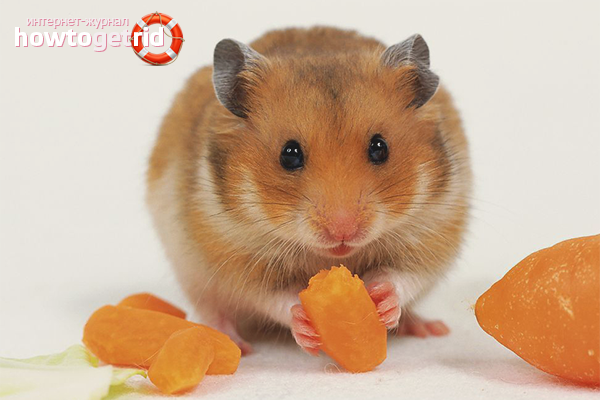
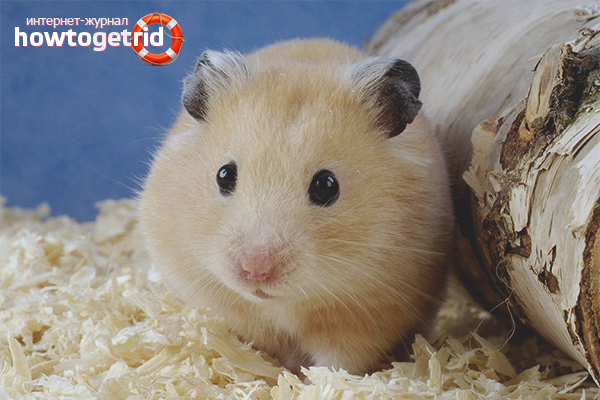

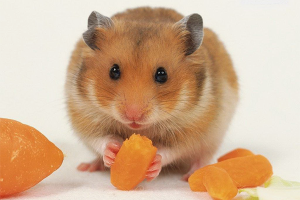
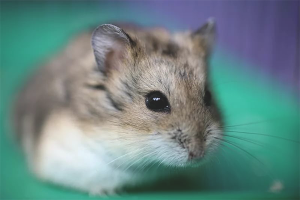
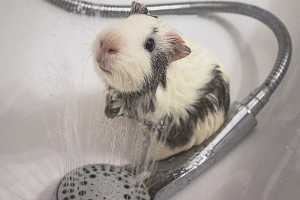
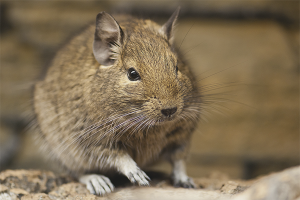
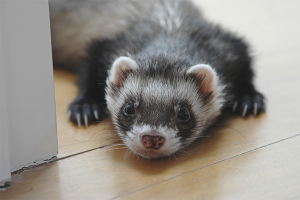
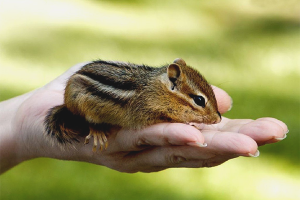
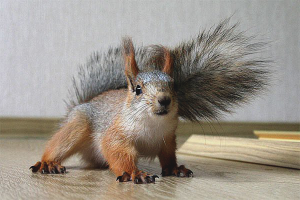
Submit